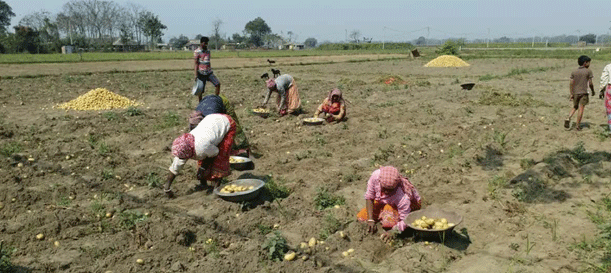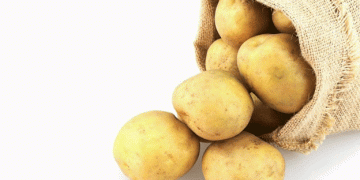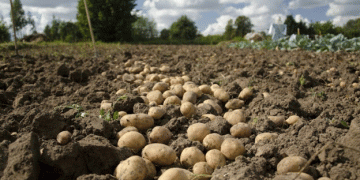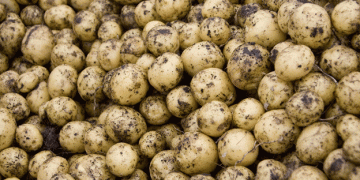Potato harvest in Bengal: how much benefit do
Farmers in Bengal are facing a paradox: despite a record Pokhraj potato harvest and good expectations for the Jyoti variety, profits are minimal. The reason is because middlemen buy the produce at low prices and then sell it at inflated prices.
Farmers at a loss, middlemen at a profit
Farmers report that they are getting just Rs 250 per bag of potatoes, which is equivalent to Rs 5 per kg. However, in the market, the price is doubled to triple, reaching Rs 11-13 per kg.
“I was hoping to pay off last year’s debts with this harvest, but the middlemen are leaving us no chance,” complains Gautam Biswas, a local farmer.
The average loss, he says, is Rs 8,000-10,000 per bigha (about 0.13 hectares). Many farmers took loans for the sowing campaign, but now they are unsure whether they will be able to repay them.
What do markets and officials say?
Market owners and representatives of trade associations deny speculation and claim that the price increase is solely due to packaging and transportation costs.
The Bengal government has announced plans to directly purchase potatoes from farmers. This could reduce the influence of middlemen and ensure that producers get a fair price. However, these measures are still under discussion.
How to solve the problem?
The situation in Bengal is typical for many regions with developed potato production, where farmers face a monopoly of middlemen. Possible solutions include:



Discussion question
What do you think is the most effective way to solve this problem? Should the government intervene more actively in regulating prices, or should farmers themselves find ways out?






